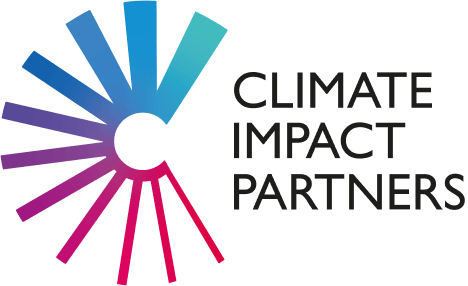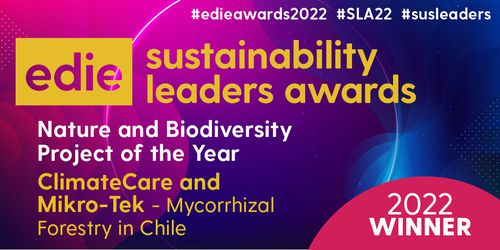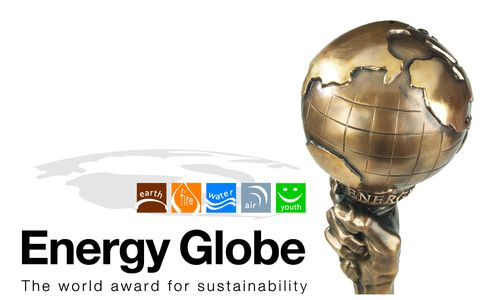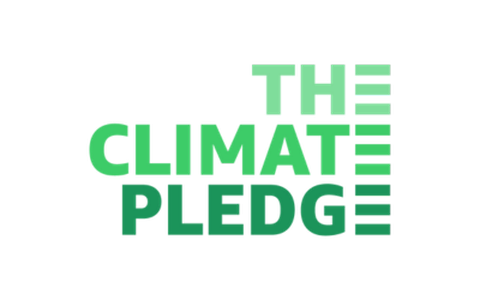On 7 March, the US Securities and Exchange Commission adopted rules to enhance and standardize climate-related disclosures by public companies and in public offerings. It marks the first nationwide climate disclosure rule in the US and should give investors more transparency into the threat the climate crisis poses to corporations and how they contribute to global warming.
Sheri Hickok, CEO, Climate Impact Partners, shares her views on the update.
Action incentivizes action
"The US Securities and Exchange Commission’s rules requiring US-listed companies to disclose climate-related risks and information is a positive step forward in bringing greater transparency and credibility to corporate climate action. Not only does it raise the bar for companies to increase ambition and take further action towards global net zero goals, but it also helps companies understand their exposure to climate change, something investors are increasingly demanding given climate change and extreme weather ranked number one in the World Economic Forum’s latest Global Risks Report.
We applaud the inclusion of reporting on the use of carbon offsets within companies’ disclosures. They are one of the key tools for decarbonization available today, channelling private sector finance to reduce emissions right now, and bringing positive impact to communities most impacted by, yet least responsible for, climate change. Companies that use the voluntary carbon market go beyond internal reductions, put a price of carbon into the business to drive greater change, and take action to deliver a global transformation to a low carbon economy.
The SEC’s decision is an important step, alongside California’s regulations, and existing frameworks such as the EU Corporate Sustainability Reporting Directive and the International Sustainability Standards Board. This ruling has been long-awaited, let’s now focus on how we support companies to meet, and go beyond, what is being asked of them – providing clear pathways through. Action incentivizes action and we need it in abundance to close the growing emissions gap.”

This ruling has been long-awaited, let’s now focus on how we support companies to meet, and go beyond, what is being asked of them – providing clear pathways through. Action incentivizes action and we need it in abundance to close the growing emissions gap.










